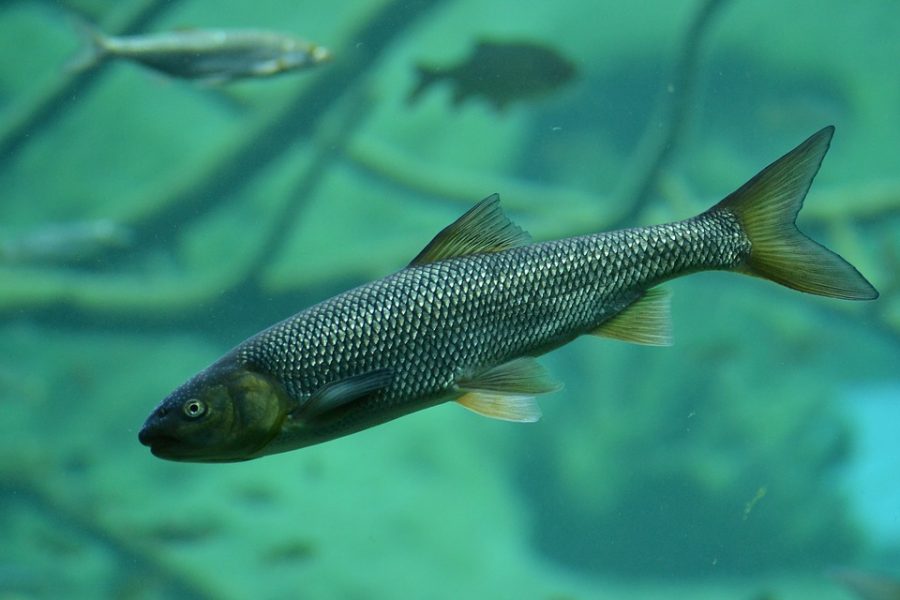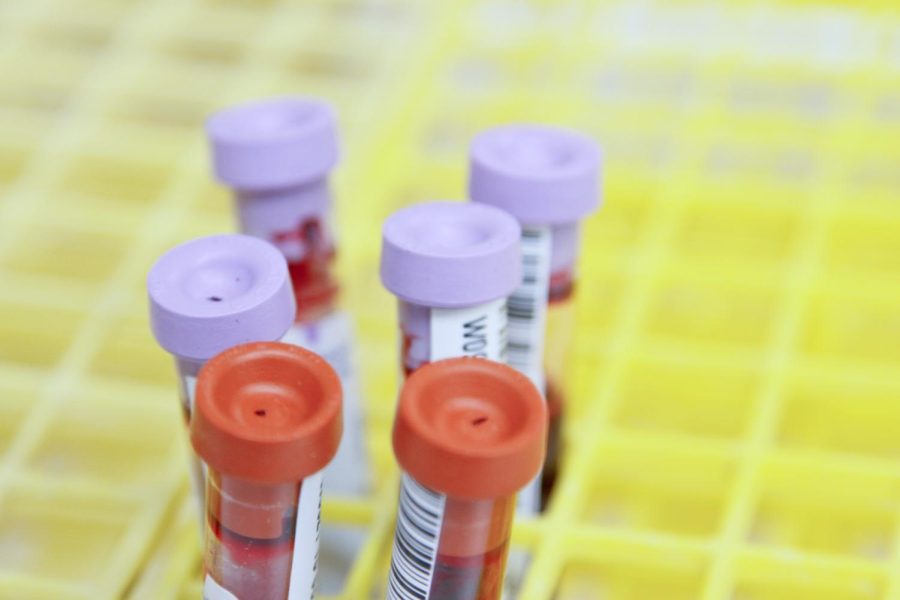photograph by heidimaria
BY KASEY CHARRON
On Wednesday, March 8th, the Advanced Placement Environmental Science (APES) class at Canton High School, anticipating their second batch of trout to be swimming in the tank, found themselves with an empty tank and a bag full of dead fish just 14 hours after being transferred.
In December, Trout in the Classroom representative Carl Swanson brought 200 brown trout eggs into a tank to Jean Moran’s room, where she teaches Canton’s newest AP class. Slowly, the trout eggs began to die off over the next few months with only two eggs ever hatching. These trout, born prematurely and with defects, didn’t last long.
“I knew the eggs were in trouble right away actually,” Ms. Moran confessed. “I got word from Carl [Swanson] that there had been problems with the water quality in the hatchery in Burlington, so the eggs didn’t really come as a surprise. The bigger surprise was when the fry were transferred and none of them survived.”
After losing the trout eggs, Ms. Moran asked Mr. Swanson if there were any brown trout fry the class could raise in lieu of the eggs. At a school nearby, students had successfully raised enough fry to transport approximately 20 fish to Canton High School’s tank. The trout arrived at approximately 3:00 PM. However, by the time Ms. Moran arrived to school the next day, all but one had died. The last trout died the next day in class.
Ms. Moran suspects that the stress from the transfer was what killed the fish. The tank also had ice around the temperature regulator, suggesting that possible mechanics within the tank hadn’t worked properly, killing the fish.
“I think the maintaining the water in the trout was a hassle for us, especially with 200 trout. I don’t know if it was the trout themselves or us keeping up with it,” one student noted.
“The second time was very disappointing,” AP Environmental Science student Jake Lachance commented. “We just came into class that morning and she said all the trout are dead except for one, one survivor. We didn’t want it to just keep floating, so out of the 200 trout we had, having one left, it was bound to happen.”
Lachance agreed with his classmates that they should put it out of its misery. The last trout, nevertheless, died of natural causes in the tank the following morning.
According to the Wild Trout Trust, trout generally have a high mortality rate of 95% dying before their first birthday. Subsequently, females lay approximately 2,000 eggs per year.
Despite this year’s failure, Ms. Moran says she “absolutely” plans to try raising trout again with next year’s class.
Trout Go Belly Up
April 3, 2017
0
More to Discover












